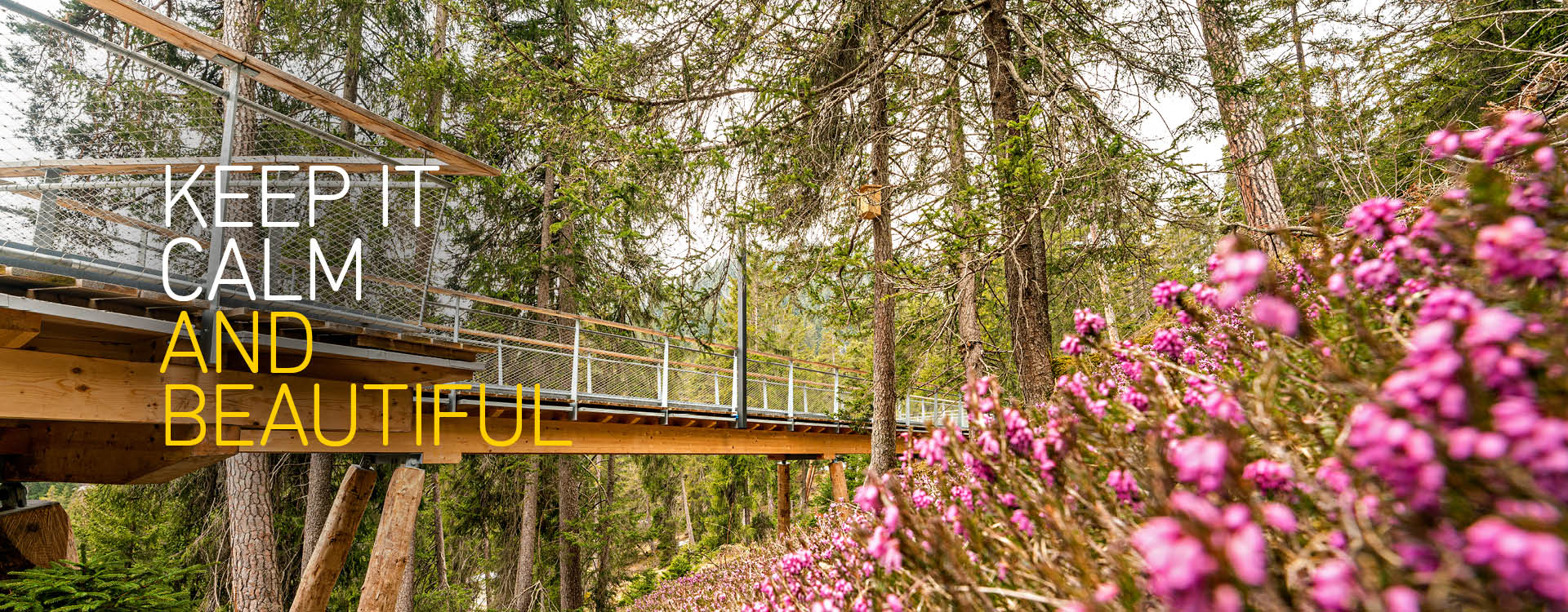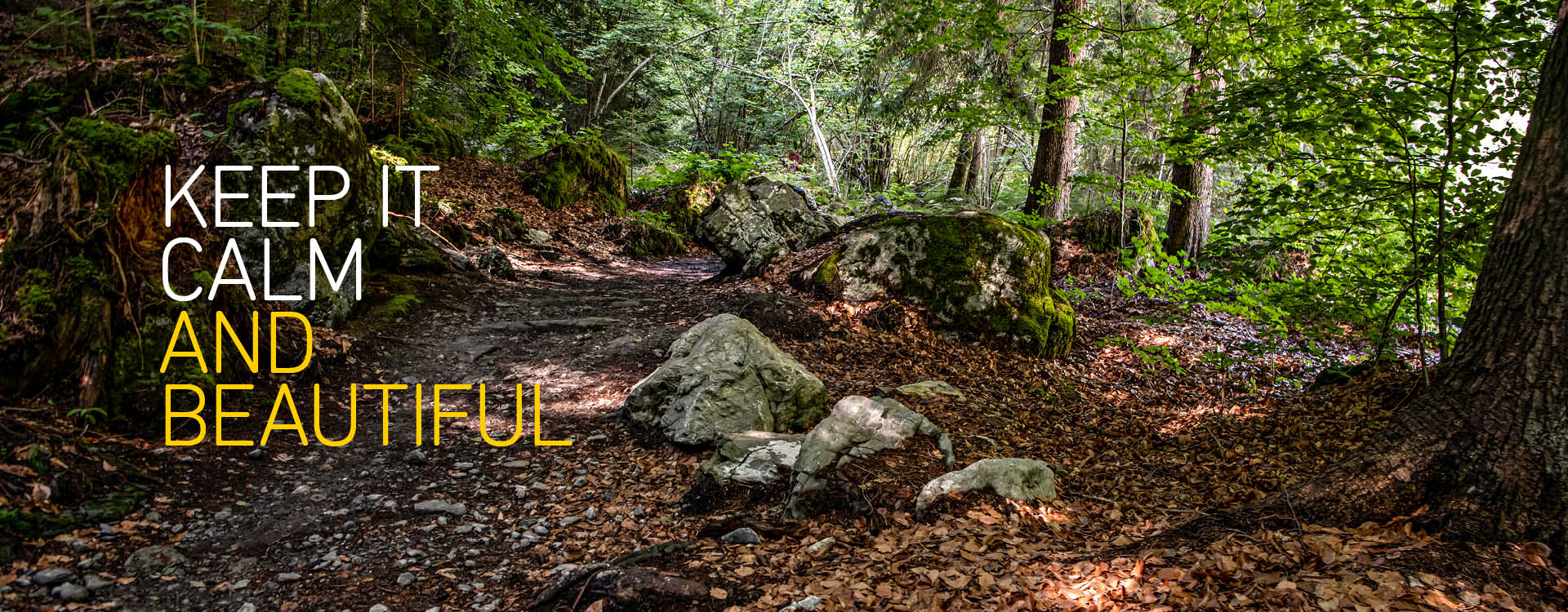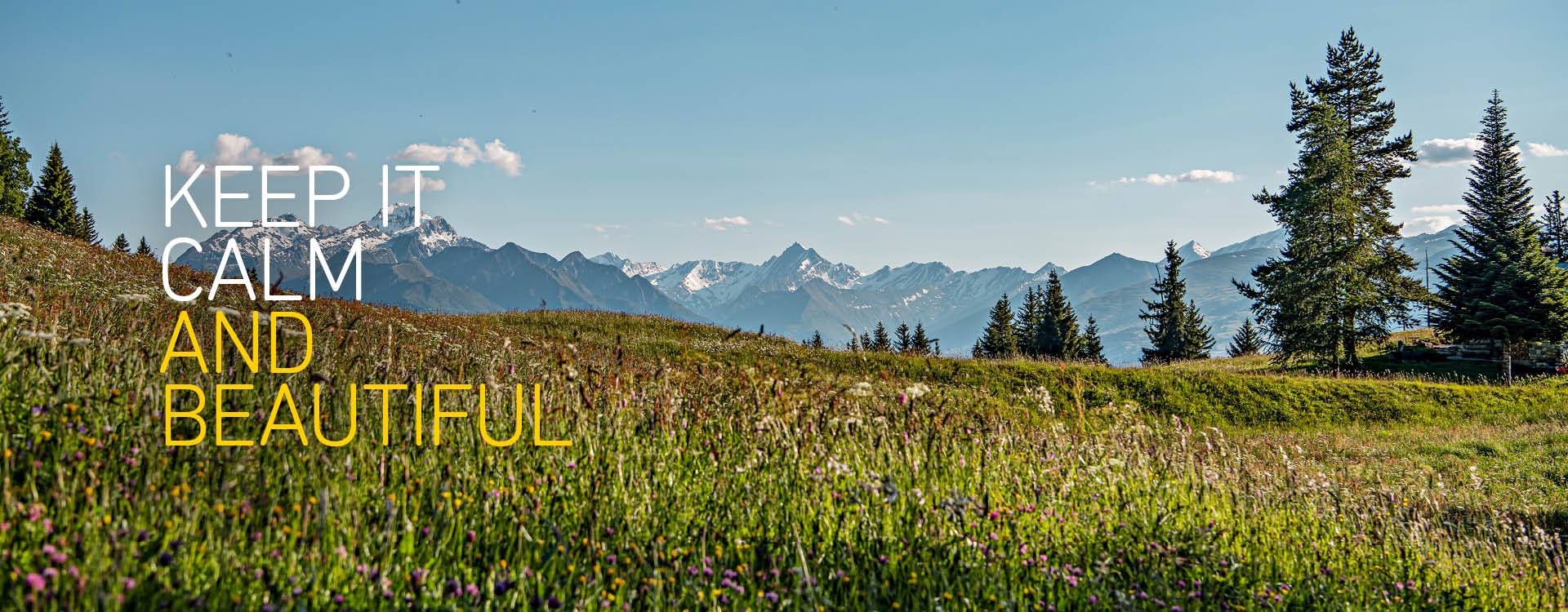OUR FLORA
DOMESTIC AND PROTECTED PLANTS
Flims is a real haven of biodiversity. Our unfertilized dry meadows, the wild woodlands and quaint high and lowland swamps preserve a paradisiacal number of floral species. Here you will find delicious mushrooms, curative plants and spicy herbs. Of course there are many protected plants such as the almost 40 orchid species of which we are particularly proud.
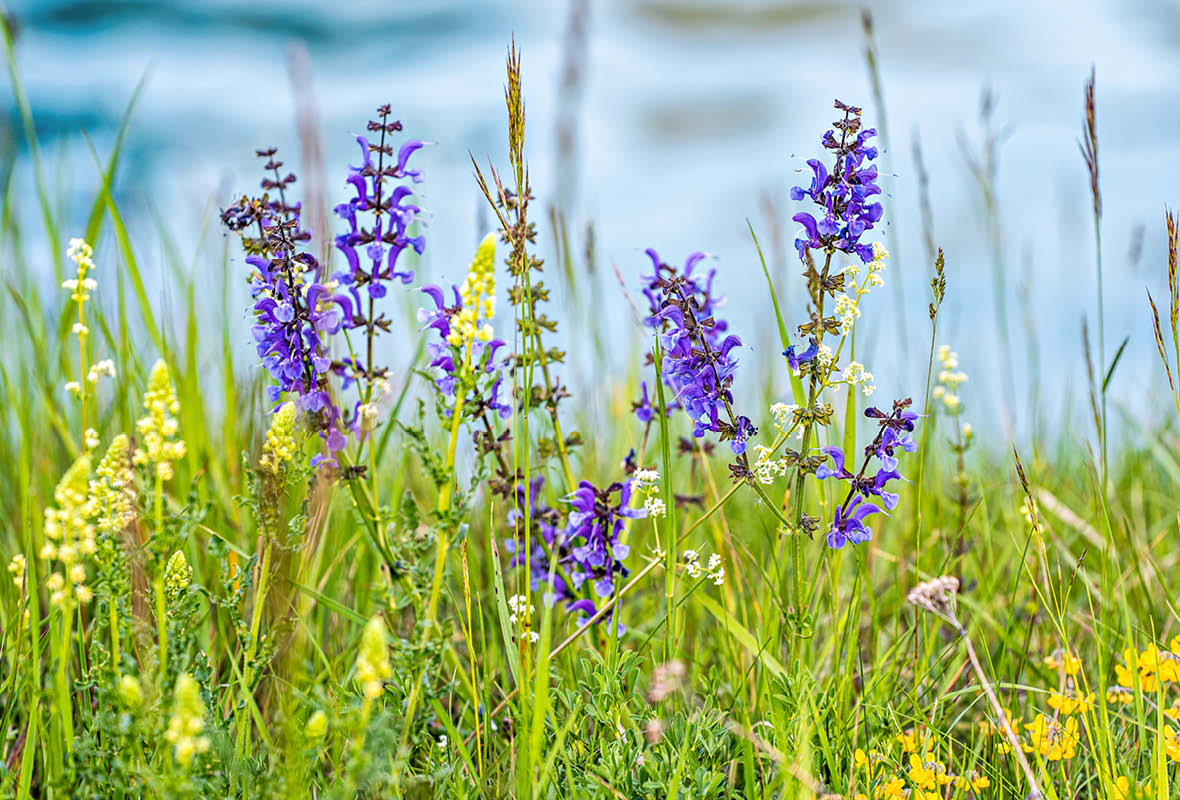
Flims is a true paradise for orchids. Do you know for instance the red helleborine? Over thirty-six species have been discovered in the municipal area of Flims. Twelve of them can be found on the Via Alva which is the much frequented hiking track that leads from the Waldhaus Flims to Conn. During prosperity between mid-May and mid-September, there are signs that help you to discover and classify the gorgeous flowers.
The small-flowered spathes blossoms in July in various places. Perhaps you’re lucky and discover one of these tender plants by the wayside during your hike. As there is a risk that the small plants will be trampled by the curious, we have refrained from signposting them. This rare orchid prefers to be left alone. Either way, the queen of flowers is protected by federal law. Whether bee, bumblebee, butterfly or human - everyone should be able to enjoy the beauty of the Flims orchids as much as you do.
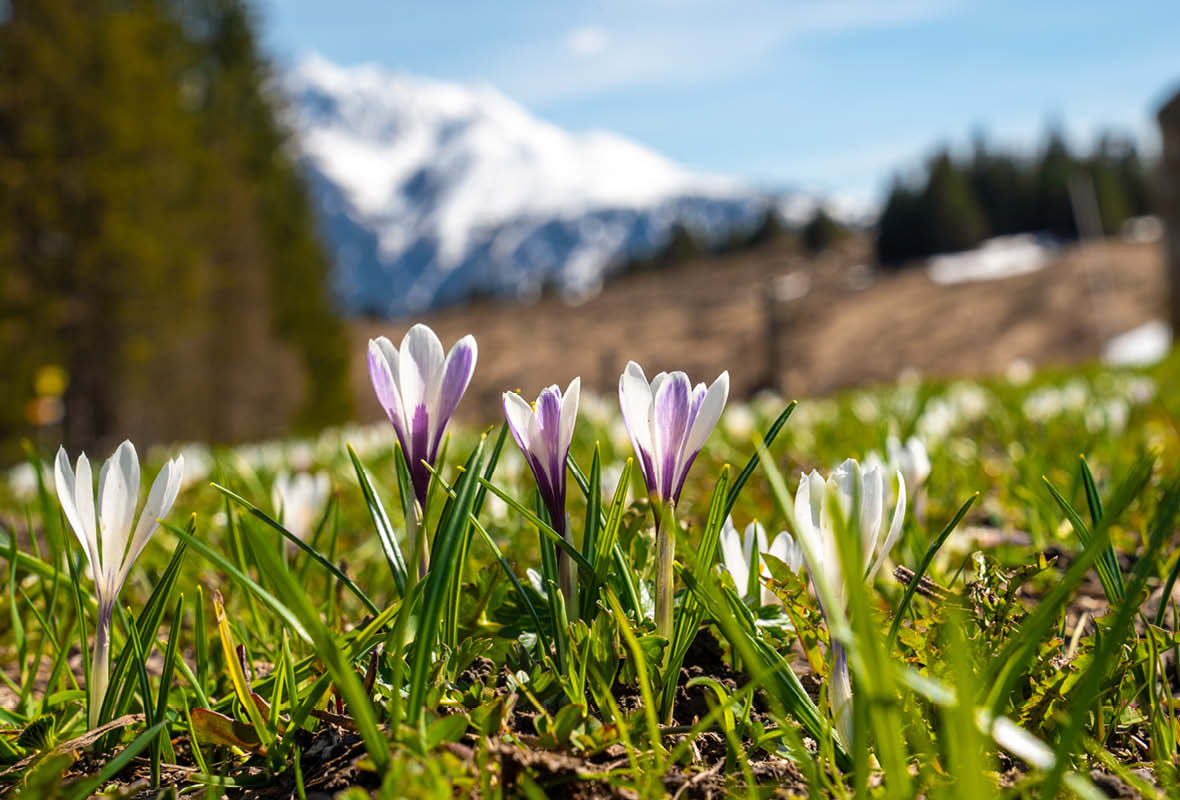
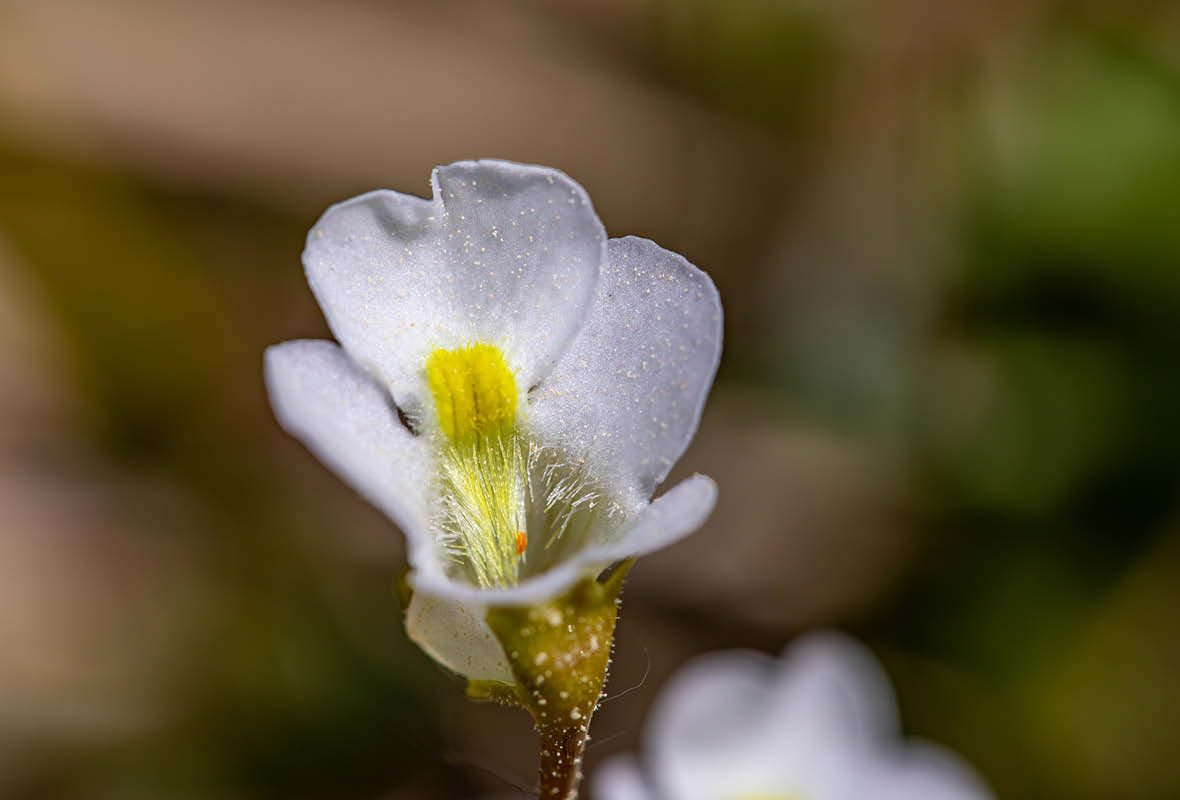
Complementary to the the orchid nature trail, a mountain flower trail has been signposted since summer 2023. On the stage from Nagens to the Segnesboden, our signs will introduce you to the special features of the alpine flora. High up on the Segnesboden you can discover another special feature: On the edges of the swamps you'll find the alpine butterwort, a native carnivorous plant that catches small insects with its rosette-shaped leaves that are full of sticky nectar. If you look closely you’ll find the places where the alpine butterwort grows here and there even on shady walls and other moist places.
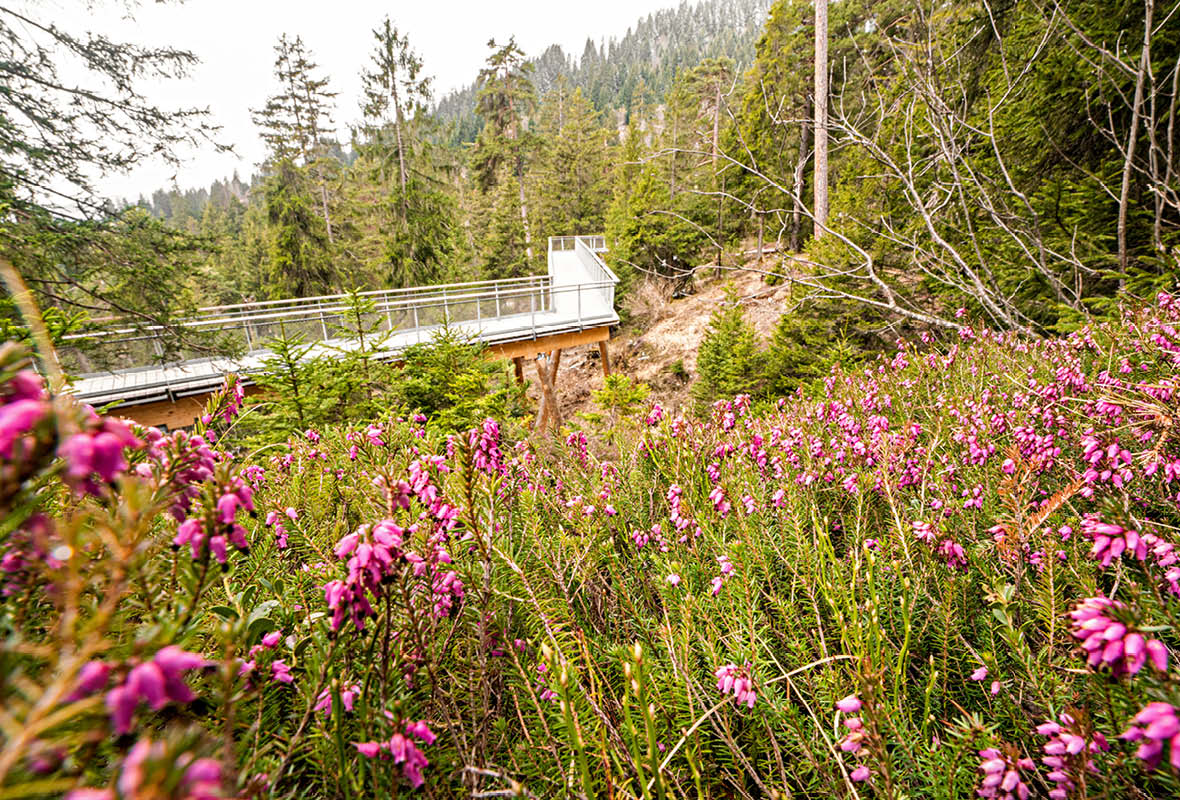
Are you interested in a guided tour through the paradise of orchids in Flims? Book your guided experience here.
If you should be interested in a guided tour trough the UNESCO heritage Tekonikarena Sardona you can book one of our educational guided tours with our GeoGuides here. Including a barefoot hike amidst the swamp. You never know but maybe you’ll discover the alpine butterwort on this occasion.
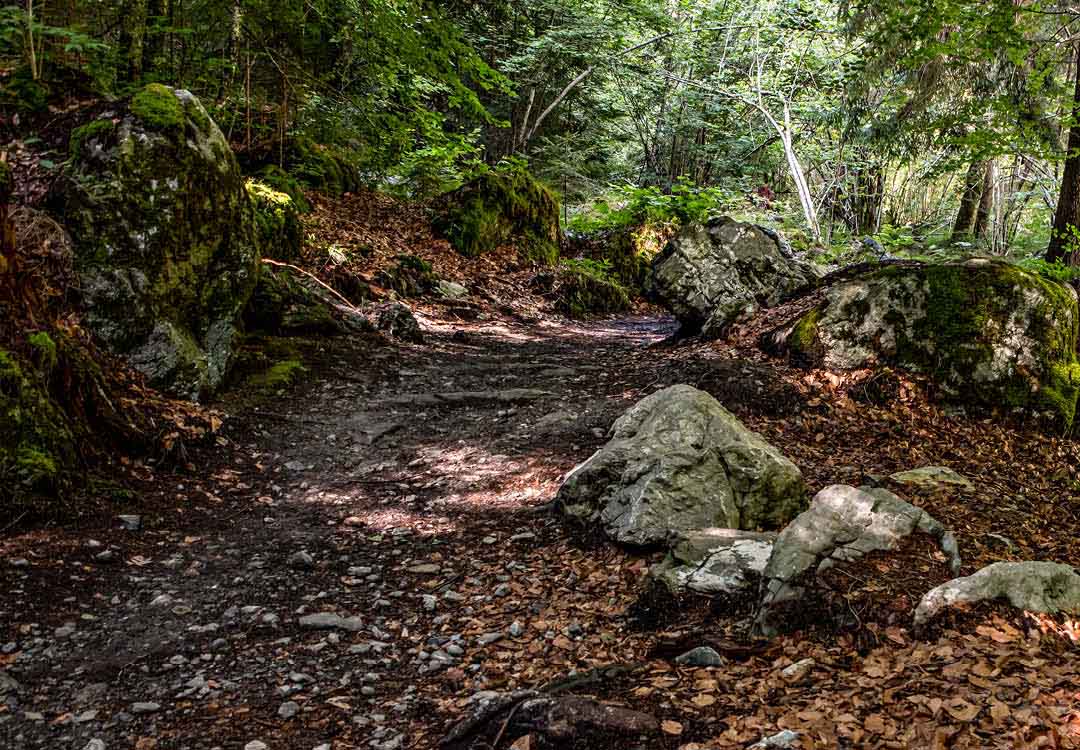
OUR LANDSCAPE
HERBS AND MUSHROOMS
Flims is rich in medicinal herbs and many delecatable mushrooms. In the woodlands of Flims, in the Ruinaulta and on the edges of our trails high up in the mountains. We'll introduce you to a few of them and if you want to learn more and don't want to just trust to luck while searching for the alpine treasures, it's worth booking one of our guided tours.
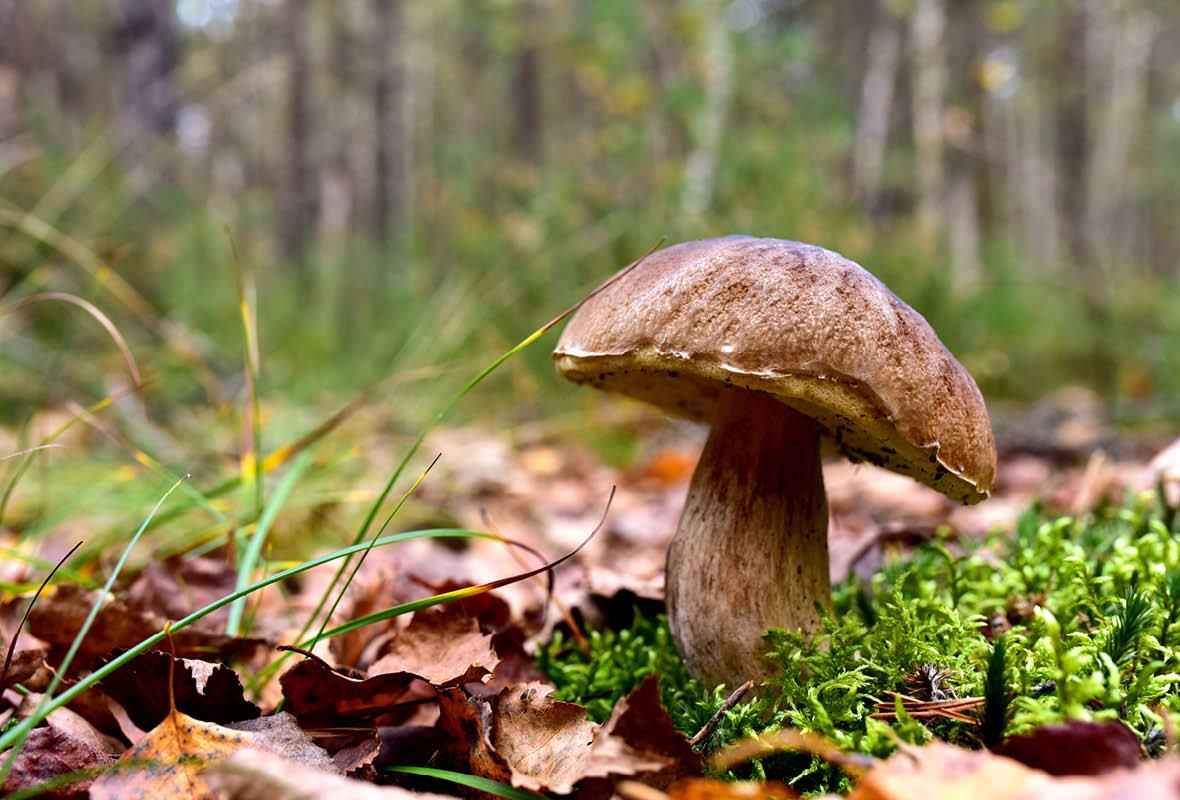
It tops the gourmet menu many a time and tastes perfectly aromatic, either way – dried or freshly picked: the penny bun. This is also one of the few mushrooms which you can enjoy raw. With a little patience you’ll discover it from early summer until late autumn in the rhizosphere of the common spruce. The larch bolete on the other hand is to be found next to larches – as its name already implies. The larch is also the certain botanical mountain inhabitant that bathes the Grison mountain landscape in a gorgeous golden yellow in fall.
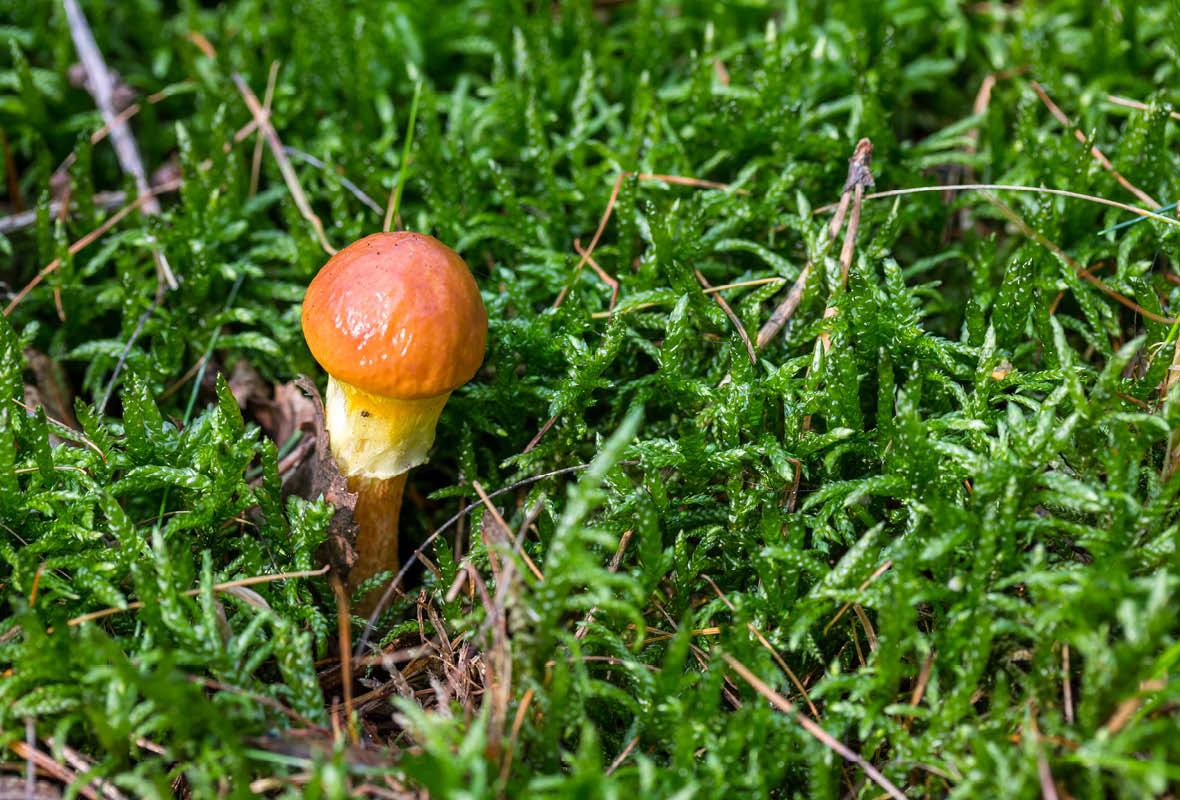
For mushroom pickers there are a few very clear regulations: From the 1st to the 10th day of each month, mushroom picking is generally disallowed in Grisons. In this phase the species should have the chance to recover. In this cantone, you’re not allowed to pick more than a maximum of 2kg. Collecting in groups consisting of more than 4 people is also not allowed - unless it is a family with children.
Further it might be clear anyway - the risk of poisoning is not only with fly agaric. So if you have any questions or obscurities, leave the mushroom untouched - or get it checked with an expert.
Would you like to attend a basic class on mushrooms in Flims? Here you can book a guided tour with our mushroom specialist.
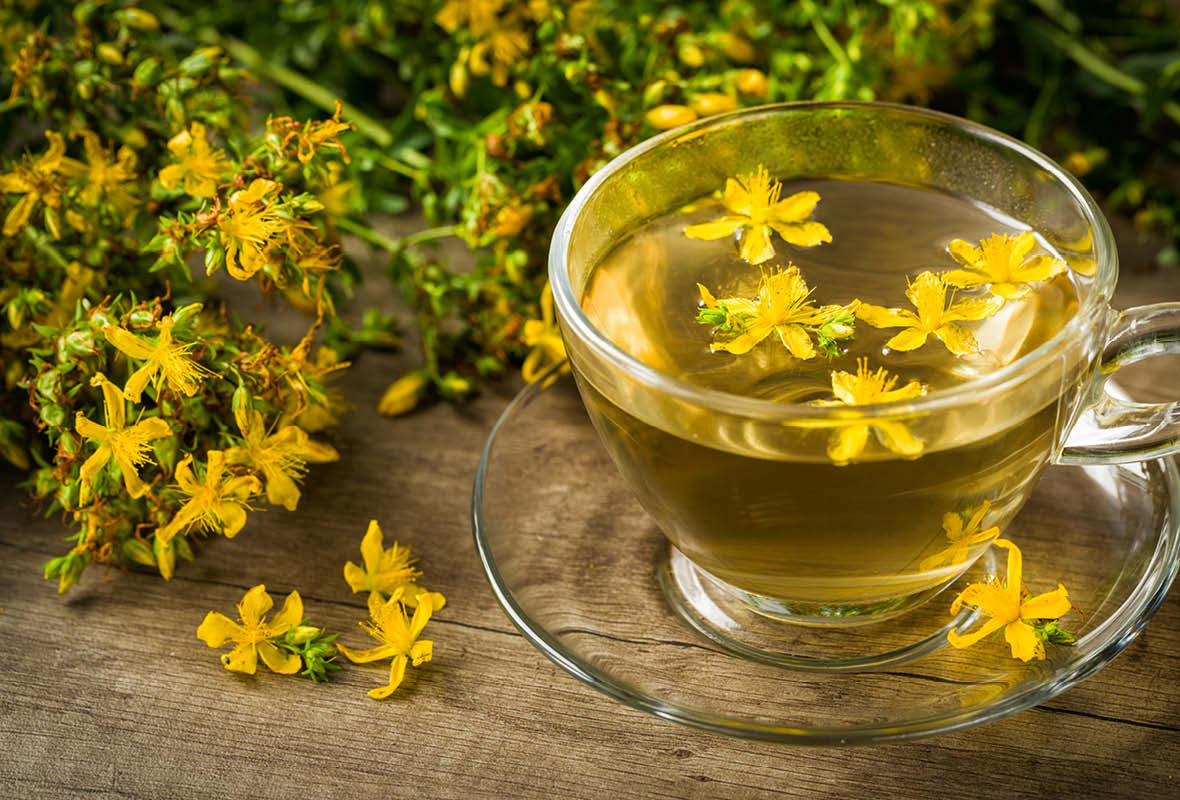
The yellow-flowered amber is a true marvel. In the past it was mainly used as a liniment for period pains, lumbago and rheumatism, but today it is an extremely effective remedy for people with a persistend depressive mood. The herb with the long stem and the bright yellow blossom can be found in Flims from June and into August along the banks, sunny and semi-shady locations. But be careful: Since it is - like most medicinal plants - slightly poisonous, you should seek professional advice before use.
Good King Henry, on the other hand, is a rather inconspicuous plant, but its fresh leaves, including the flower, can be cooked as a vegetable dish. You can find it near barns, cattle camps or alpine cottages. Its fresh leaves taste especially delicious in a quiche. But beware - Good King Henry contains oxalic acid and should therefore not be eaten on a daily basis, and certainly not in excess.
Like amber, arnica is also decorated with yellow flowers – on the contrary to amber, the medicinal plant arnica is a protected species in Flims. At the local pharmacy, you can buy arnica ointment from cultivated populations. Consequently you not only spare the nature, but also treat your bruises, contusions and sprains.
Here you can sign up for a guided tour and let our plant expert bring you into the loop of the secrets of Flims wild herbs and medicinal plants.
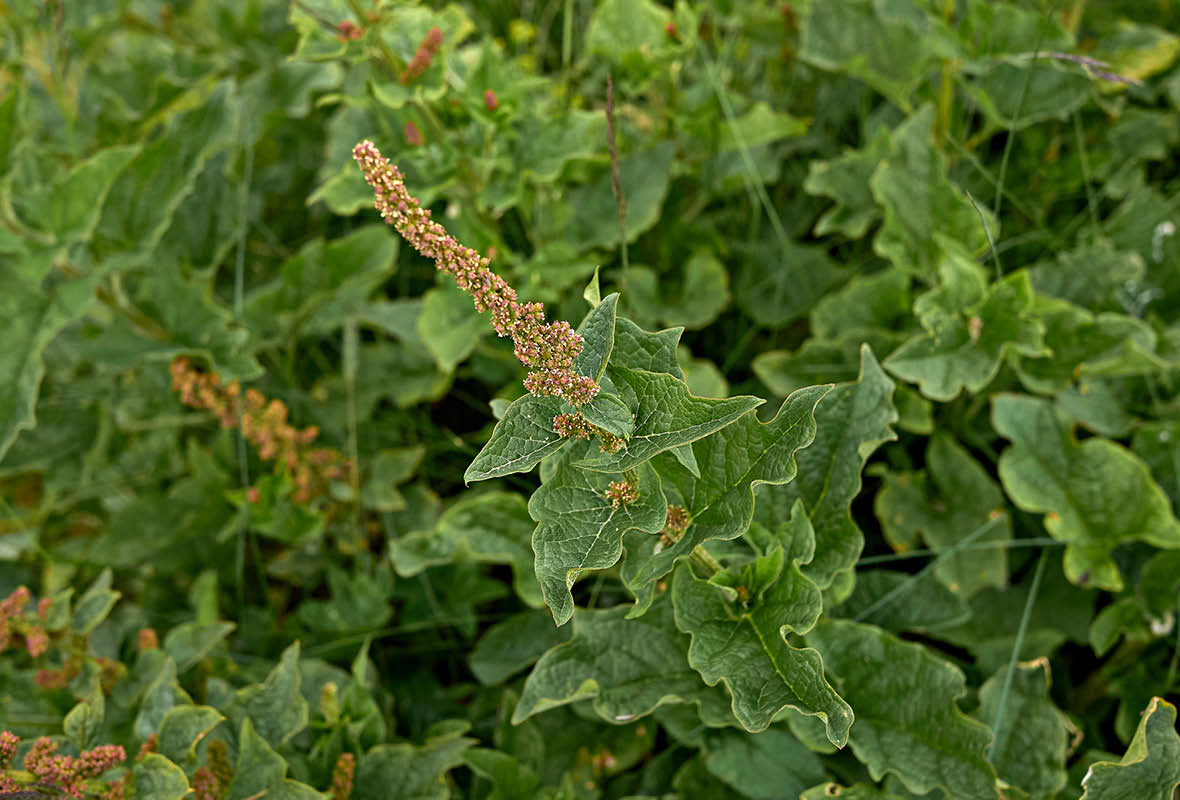
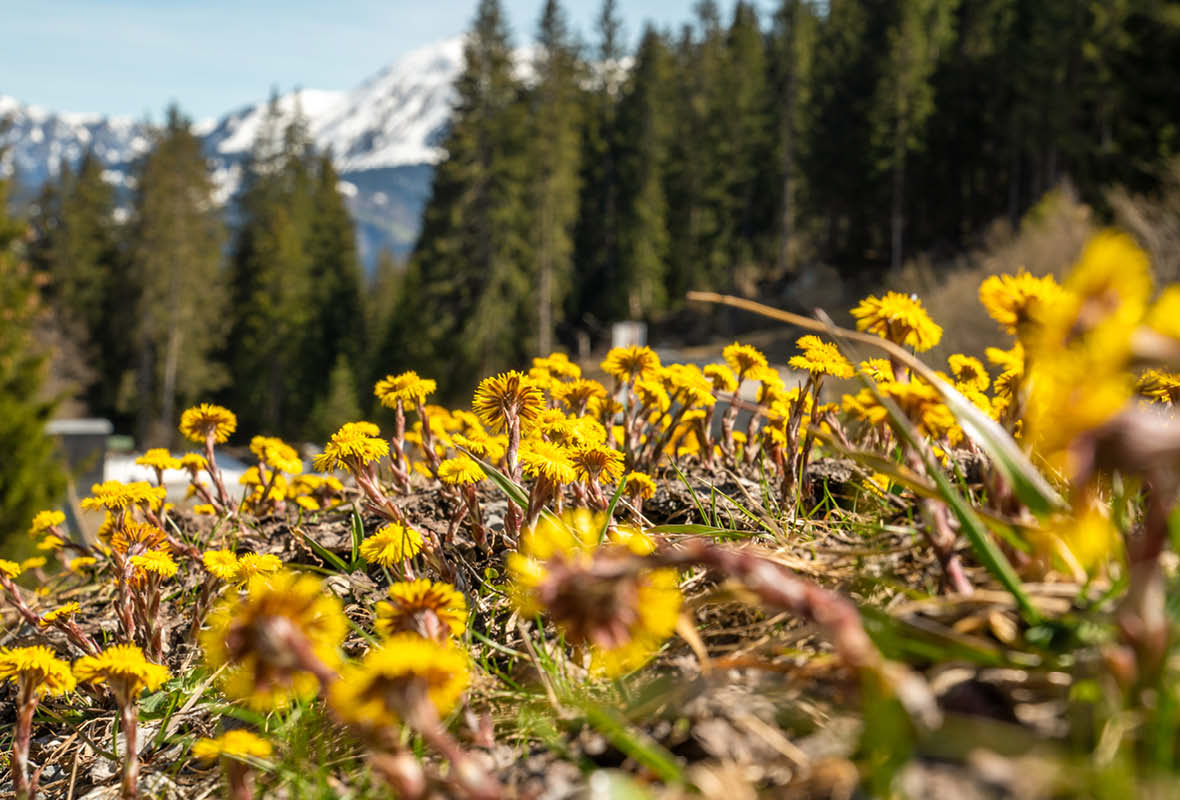
OUR FLORA
NEOPHYTES
Invasive neophytes are alien plants that can also be found in our country due to importation or uncontrolled seeding. This is especially difficult when they displace local plants and offer no added value to the fauna or are even toxic. We introduce you to two neophytes and provide valuable tips on how to shed them.
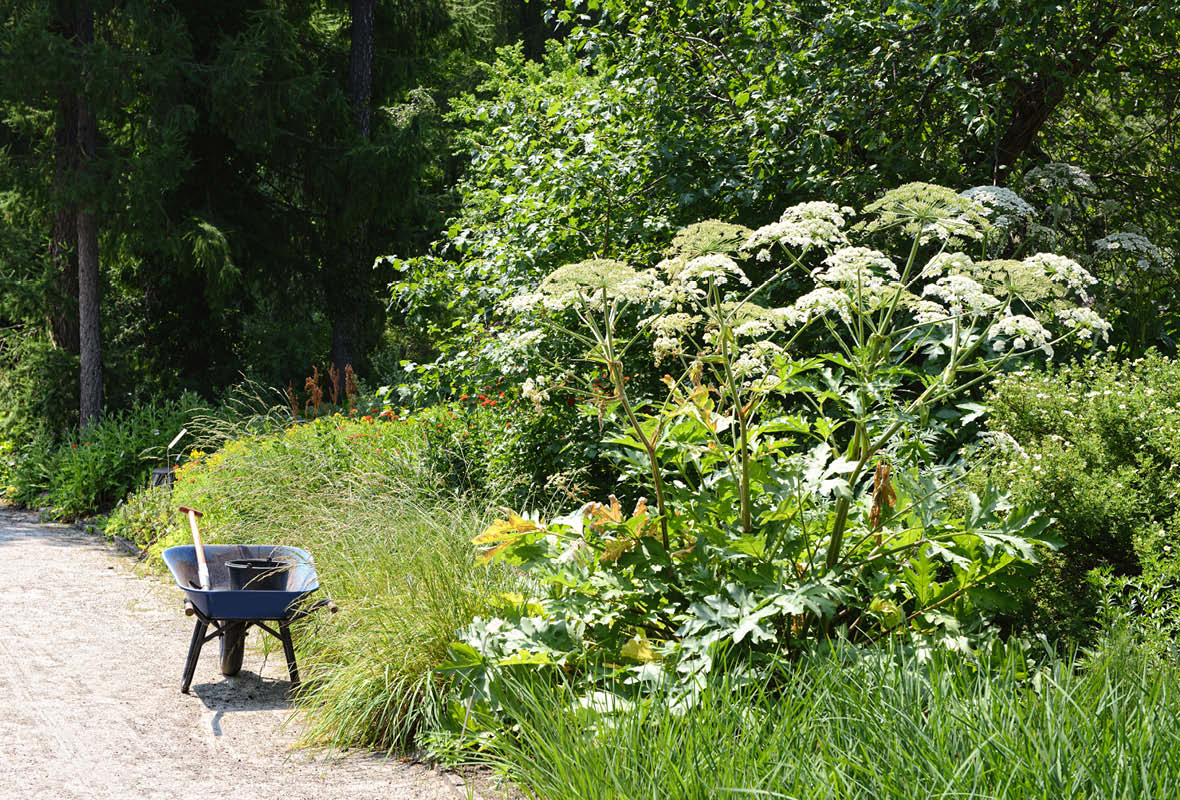
The giant hogweed is the big child of sorrow within the neophyte in Flims. Originally hailed from the Caucasus, the plant can reach an impressive size of almost 3 meters and literally grows towards the sky in next to no time. The large leaves shade a stretch of land and challenge the right of habitat with the local flora. Giant hogweed should therefore be cropped or completely removed from the ground as soon as it is spotted. But be careful you should only handle the giant hogweed with gloves. The entire plant, including the roots, contains toxins that can cause severe skin irritation. To control the giant hogweed, you should put on long-sleeved clothing and make sure that you get not only the plant component, but also the rootstock. The plant removed in this way should in no case be put in the compost, but in the incinerator.
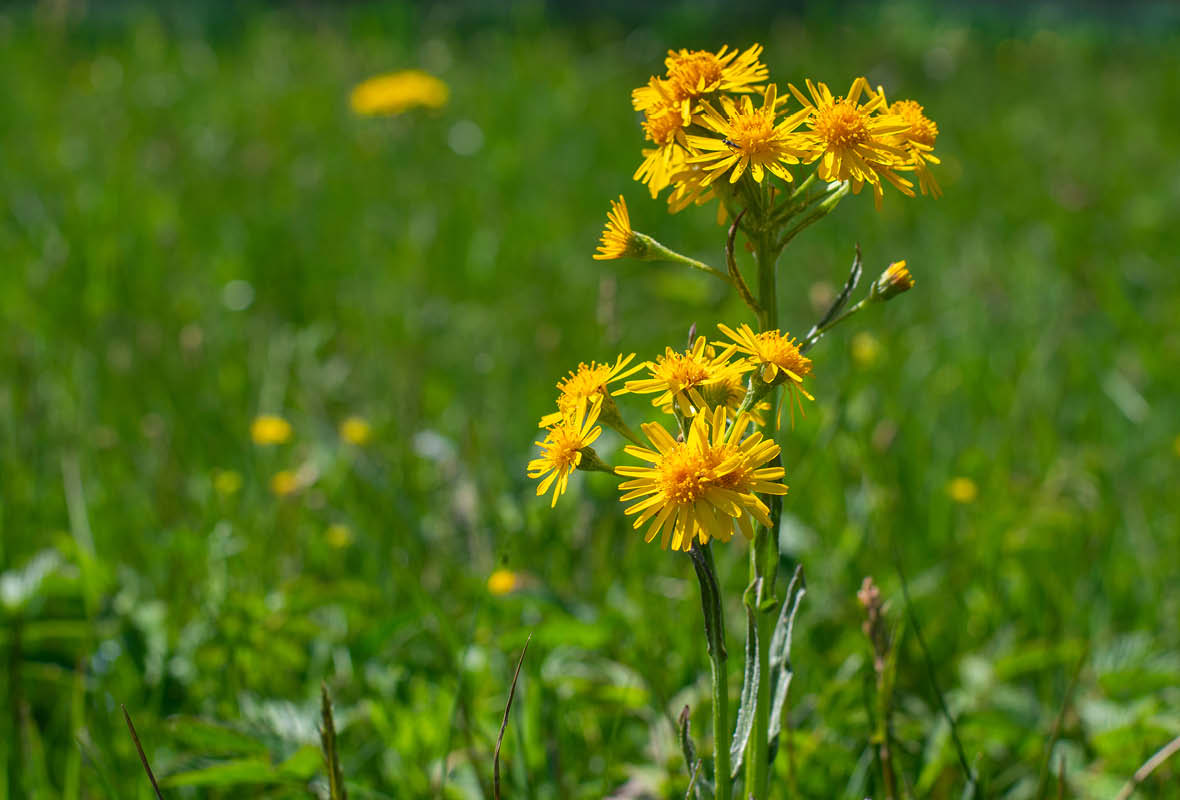
Not quite as impressive in growth as the giant hogweed, but nevertheless clearly a neophyte due to its rapid and rambling spread: the narrow-leaved groundsel. For the inexperienced it can easily be confused with the native ox-eye daisy, but unlike the latter it is poisonous and thus a fatal problem for farm animals. The plant, which at best is removed by the roots before the seed maturation is harmless, but like giant hogweed, it should be disposed of in the incinerator.
The information brochure on all neophytes in and around Flims and other helpful hints on how to dispose of the plants can be found here.

